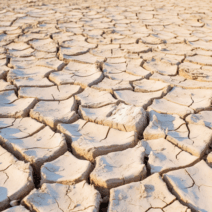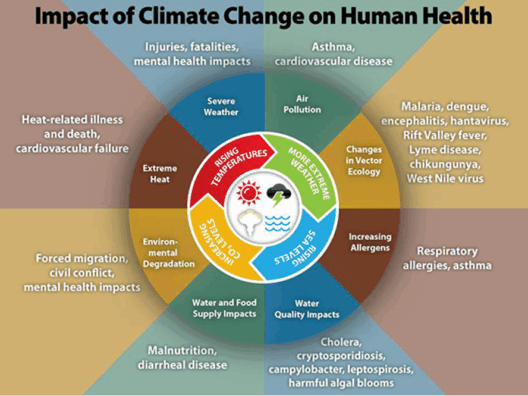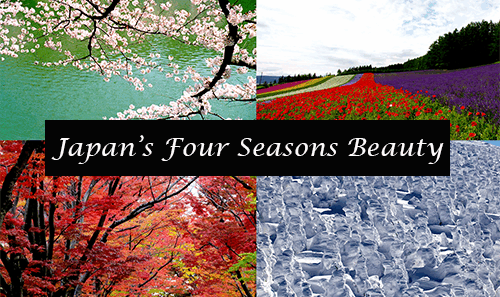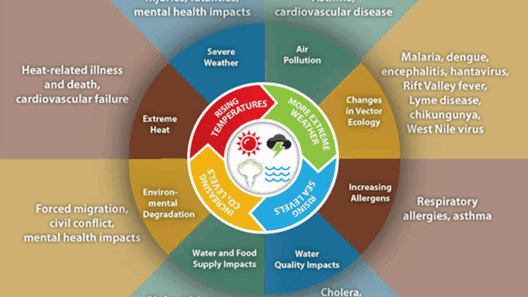The climate of Italy is as diverse as the country’s magnificent landscapes, ranging from the majestic Alps in the north to the idyllic islands in the Mediterranean Sea. Understanding this climate is essential, not only for tourists looking for the best time to visit but also for those concerned about the impacts of climate change on this beautiful region. Italy’s varying climates across its geography not only enhance its agricultural yields but also contribute to its rich cultural heritage.
As you explore the different climatic regions of Italy, you will become aware of the unique characteristics that define each area. From the snow-capped peaks of the Alps to the warm shores of Sicily, the environment plays a crucial role in shaping the lifestyle, economy, and ecology.
In this comprehensive overview, we will delve into the specifics of Italy’s climate, highlighting the distinctive attributes of its various regions. We will also examine the implications of climate change and how it affects not only the natural environment but also the cultural landscapes of Italy. This exploration serves to inform potential travelers and concerned citizens alike.
Climate Zones in Italy: An Overview
Italy’s geographic expanse creates multiple climate zones, primarily distinguished as Mediterranean, Alpine, and continental climates. Each of these climates exhibits unique temperature patterns, precipitation levels, and seasonal variations.
The Mediterranean Climate
The Mediterranean climate dominates much of Italy, particularly the coastal regions. This climate is characterized by hot, dry summers and mild, wet winters. Coastal cities such as Rome, Naples, and Palermo experience average summer temperatures soaring above 30°C (86°F) while winters rarely dip below 10°C (50°F).
This climate significantly influences Italy’s agricultural practices. Vineyards thrive in these conditions, producing some of the world’s finest wines. Olives, citrus fruits, and vegetables also flourish, creating a culinary landscape renowned for its freshness. However, the hot summers can bring droughts, affecting water availability and crop yields.
The Alpine Climate
In stark contrast to the Mediterranean climate, the northern regions of Italy, particularly the Alpine areas, experience distinctly different weather patterns. The Alpine climate comprises cold winters with ample snowfall and cool summers. Cities like Bolzano and Aosta are subjected to these conditions, where temperatures can plummet to -10°C (14°F) in winter.
The Alps are not just a snowy playground; they also provide crucial resources like water from glacial melt, which feeds rivers and groundwater in surrounding areas. This water supply is vital for the agricultural activities of northern Italy, especially during the warmer months when irrigation becomes essential.
Seasonal Changes: Nature’s Dance
Italy truly showcases the beauty of seasonal changes. Spring lures nature back to life, creating a vibrant palette of blooming flowers and lush greenery. It is an especially appealing time for travelers as the temperatures are generally mild, and crowds are minimal before the summer rush.
Summer, on the other hand, brings warmth and tourism. Coastal areas bustle with visitors, while the interior cities become vibrant cultural hubs celebrating festivals and traditions. However, the heat can be intense, particularly in the south, where travelers should exercise caution and stay hydrated.
Autumn, often referred to as a culinary paradise, celebrates the harvest season. The vineyards turn hues of amber and gold, while local markets brim with seasonal produce. This season attracts food enthusiasts eager to indulge in pumpkin ravioli and hearty wines.
Winter casts a different spell over Italy. In the Alps, ski resorts thrive, drawing winter sports enthusiasts. Yet, in the Mediterranean regions, mild temperatures make the winter months relatively pleasant, providing an off-peak travel alternative for those looking to escape harsher climates elsewhere.
The Impact of Climate Change
As the world grapples with the realities of climate change, Italy is not immune to its effects. Rising temperatures, erratic weather patterns, and increasing frequency of extreme weather events pose significant challenges to this diverse climate. From the melting glaciers in the Alps to parched fields in the Mediterranean regions, the repercussions are becoming increasingly visible.
Farmers are adapting their practices, often by shifting crops or embracing new technologies designed to conserve water. Coastal areas face the threat of rising sea levels, jeopardizing both infrastructure and natural ecosystems. The interplay between tourism and environmental sustainability is now more crucial than ever.
Mitigation efforts have begun in various forms — from promoting sustainable agriculture to implementing legislation aimed at reducing carbon emissions. Awareness campaigns illuminate the necessity for responsible tourism, encouraging visitors to cherish and respect the local environments they experience.
Final Thoughts: Embracing Italy’s Climate
The climate of Italy is a vibrant tapestry woven from its vast landscapes and rich agricultural traditions. As the country navigates the waters of climate change, it is imperative for both residents and visitors to acknowledge their role in preserving the natural beauty that makes Italy a beloved destination. By understanding the intricacies of Italy’s climate, one can appreciate not just the aesthetic splendor of the region but also its environmental significance.
Awareness and advocacy can lead to informed decisions that protect this remarkable landscape. Whether one is trekking through the Alps or savoring a gelato on a coastal promenade, every action contributes to a larger narrative of stewardship and sustainability.






